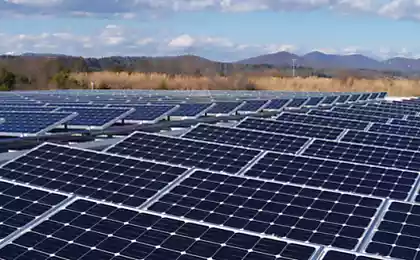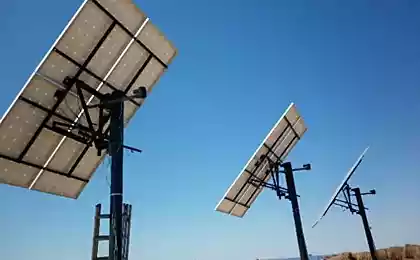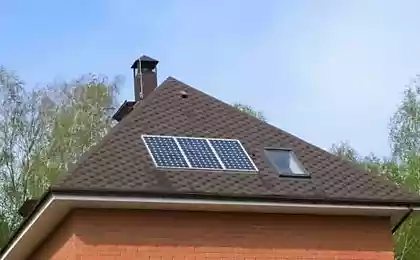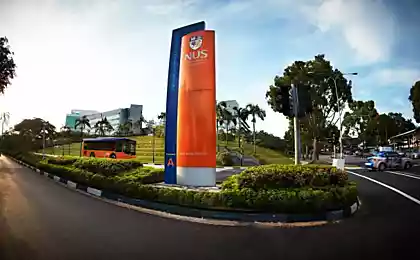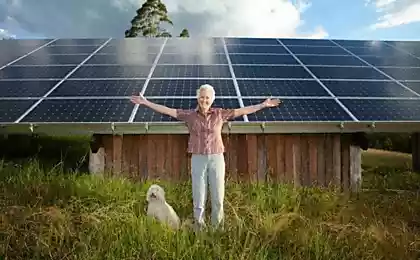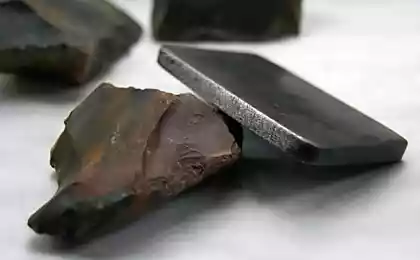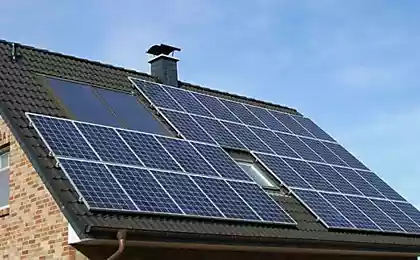424
Ultrathin flexible silicon for solar cells

Researchers from Stanford University are working on creating ultra-thin cells, which would minimize the cost of production of solar photovoltaics. The direction of research — improving the efficiency of thin cells by the formation of surface nanostructures, which behave as molecular mirror room.
"We want the light spent more time inside a solar cell", says Professor of materials science and engineering and co-author of a review article in the journal Nature Materials mark Brongersma (Mark Brongersma).
Brongersma and two of his colleagues, associate Professor in the Department of materials science Yi Cui (Yi Cui) and Professor of electrical engineering, the Shanghai Fan (Shanhui Fan) studied one hundred and nine of the last scientific papers from around the world. They were interested in how different researchers are trying to maximize the collisions between photons and electrons in the most possible thin layers of photovoltaic materials. The objective was to identify trends and practical solutions that can lead to new developments in the industry.
Solar energy can be collected when photons of light collide with the electrons in the photovoltaic material and release them. Moving through the crystal, free electrons form an electric current.
Modern solar panels are pretty thin. They consist of layers of photographic material, mostly silicon, with a thickness average of 150-300 µm, which corresponds to the thickness of two or three human hair.
Reducing the thickness of solar cells, engineers are forced to create new nanoscale filters and traps to ensure that photons do not fly through thin element that is not freeing up electrons.
"Much attention is given to how using the principles of Photonics to manage light waves in the most efficient way — say Fan. — In the world, perhaps hundreds of groups working on it."
In the effort to develop nanostructures, successfully catching the light, researchers are faced with a huge number of difficulties. Sunlight consists of different colors that shows us a rainbow, the result of the splitting of light by droplets of atmospheric moisture. Creation of nanostructures to hold the photons of different colors — one of the directions of research.
Despite the difficulties, the scientists made progress. "We saw a system that uses a hundredth photovoltaic material of modern solar cells to obtain 60-70% of their electrical power," says Brongersma.
The most common photovoltaic material such as silicon form close to that used in computer chips. The cost is 10-20% of the cost of solar cells. Thus, the reduction in these costs in 100 times will have a significant impact on the overall economic efficiency of solar energy production.
Reduction of material costs only part of the benefits of superthin solar technology. Another advantage of them is flexibility. Due to the thickness of the silicon layer of modern solar cells must be hard to keep the crystal lattice and not disrupt the flow of electrons. "At a thickness of 10 µm silicon has a high degree of mechanical flexibility," explains Tsui, based on the size of less than one-tenth of the thickness of the photovoltaic layer of modern solar panels. At this thickness the material can be cut with scissors.
Silicon strip developed at Stanford, employ photon traps, referred to in an article in Nature Materials. According to Tsui, their efficiency of converting light into energy is close to the efficiency of hard silicon advanced solar cells.
Facepla.net according to the materials of the SiS
Source: facepla.net
New York City rooftop farm grows 23 tons of organic produce a year
Astronomers were added to the cold star






